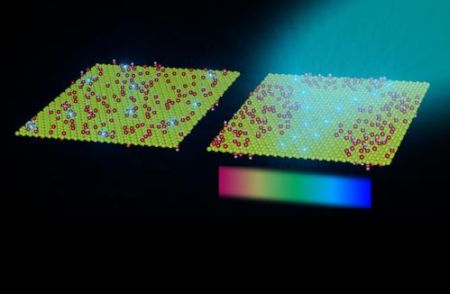Graphene wafers are the subject of interest for the researchers at MIT and the University of California at Berkeley these days. The 2-dimensional, crystaline allotrope of carbon has huge potential across applications like solar cells, thermoelectric devices and water filtration to name a few but the expensive treatment is becoming a major huddle in its advancement. Therefore, to bring about the material’s versatility the team has put forth a solution, which they claim is inexpensive relatively.
Pure graphene does not qualify for any electronic devices but the scenario changes with the sprinkling of oxygen atoms. Although, there are mechanisms of introducing oxygen atom onto a graphene wafer but the distribution of atoms is random, secondly, harsh chemicals become a major requirement in bringing about the results that are not environmentally friendly either and thirdly, the entire process occurs at temperatures of 700 to 900 degrees Celsius.
Hence, the team thought of approaching the problem with a new angle, they exposed the material to low temperatures, somewhere around 50 to 80 degrees Celsius and without introducing any chemicals. They call it the “mild thermal approach”. With respect to the conventional ones, this mechanism happens to be environmentally friendly.
The tempering modified the distribution of the oxygen atoms, consequently forming constellation and leaving gaps of pure graphene across the clusters. This new approach brought about an even dissemination of the atoms and turned down the electric distribution by 4to5 orders of magnitude, which will be a significant advantage for electronics, catalysis, and sensing applications.
Needless to add, the pure graphene areas will then acquire the characteristics of “quantum dots” hence qualifying for highly efficient light emitters. This treatment is also effective in enhancing the material’s ability to absorb visible light, claimed the researchers.
Scientists are hoping the evolved graphene might find a new destination in solar cells, thermoelectric devices, solar thermal fuels, desalination filters and biological applications like sensors for disease agents in the bloodstream or delivery systems for targeting insoluble drugs to specific areas of the body.
Source: Phys.org




